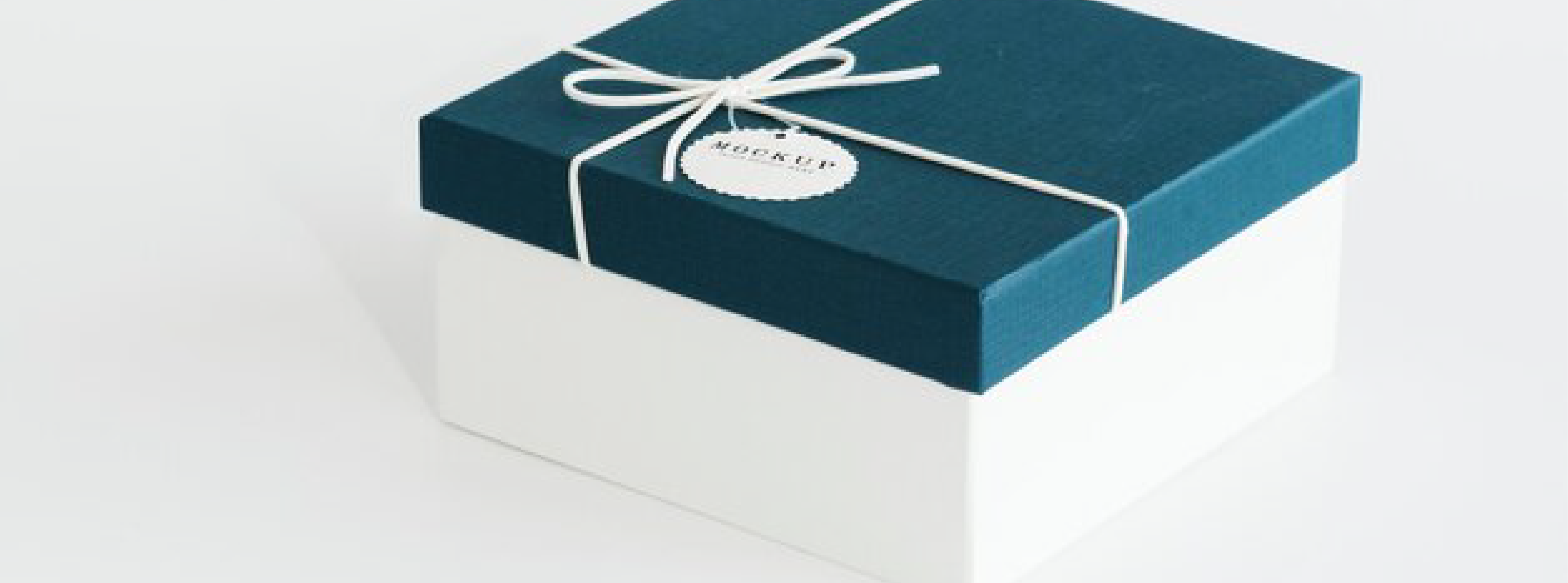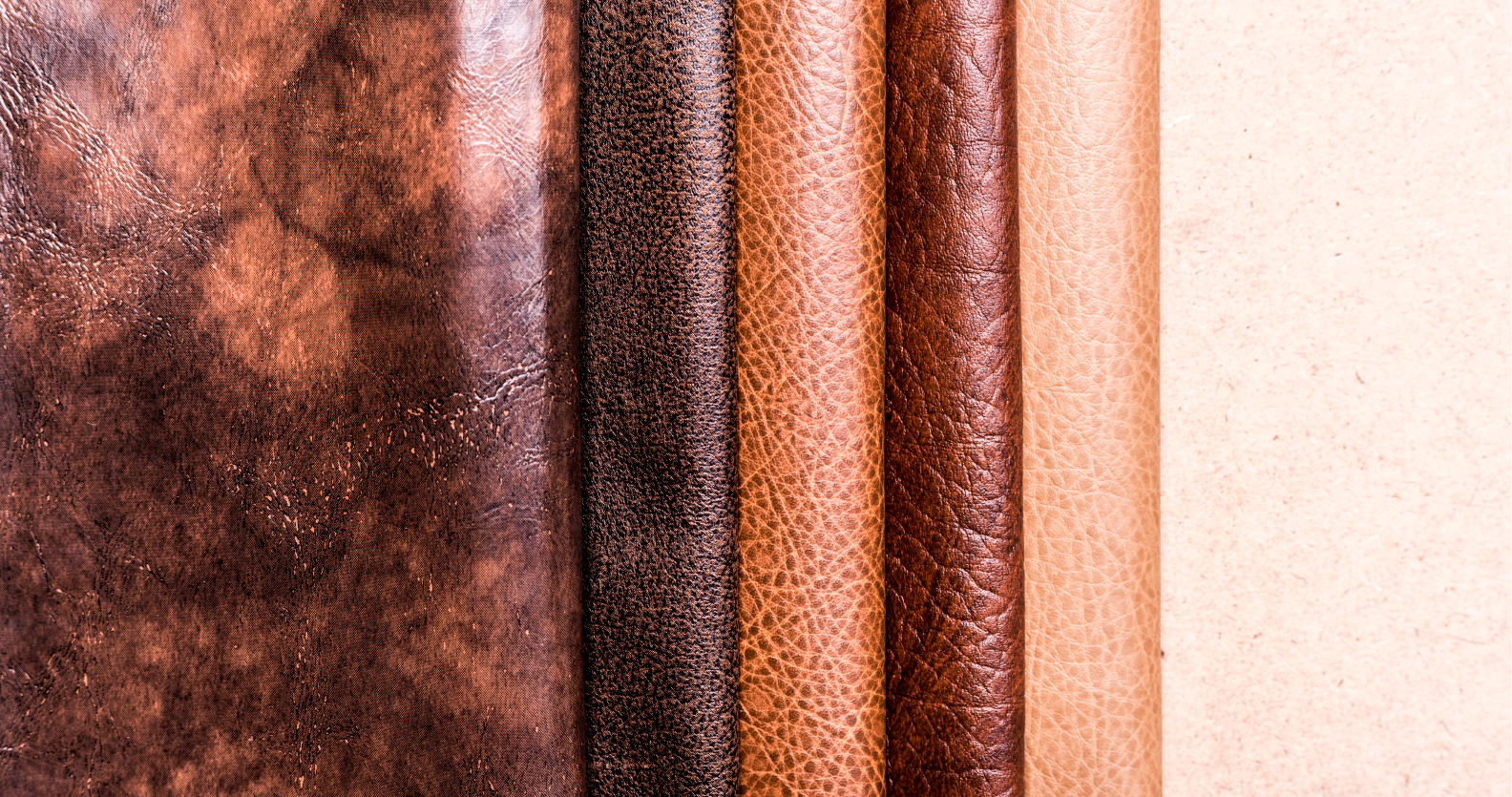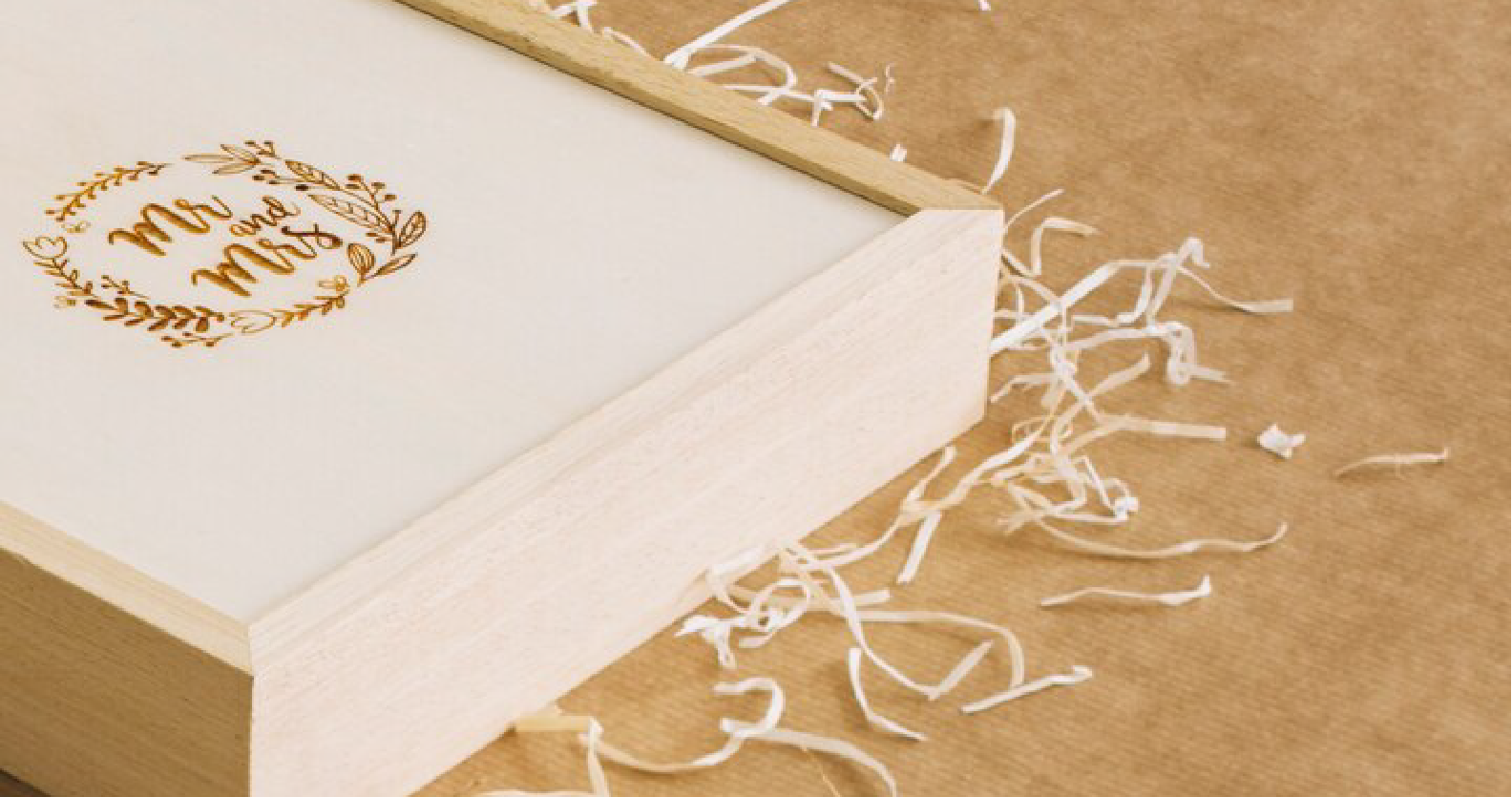E-commerce packaging material
Article by : Lussopack

E-commerce packaging should be chosen with several factors in mind, including sustainability, durability, cost-effectiveness, and suitability for the products being shipped.
Some common materials used for e-commerce packaging:
Cardboard : This is one of the most widely used materials for e-commerce packaging. It's sturdy, recyclable, and can be customized to fit various product sizes and shapes.
Paperboard : This material is lighter than cardboard and is often used for boxes that don't need as much structural integrity. It's commonly used for packaging items like cosmetics, electronics, and dry goods.
Bubble Wrap and Air Cushions : These plastic materials provide cushioning and protection for delicate items during transit. While not as sustainable as some other options, they are lightweight and effective.
Kraft Paper : This is a type of strong, brown paper that's often used for wrapping and padding. It's recyclable and biodegradable, making it a more eco-friendly option.
Biodegradable or Compostable Plastics : Some companies are using biodegradable or compostable plastics as an alternative to traditional plastics. These materials break down more easily in the environment.
Molded Pulp : This is made from recycled paper and is often used for protective packaging for fragile items. It's biodegradable and can be recycled.
Fabric or Cloth Bags : These can be used for smaller, lightweight items. They're reusable and can add a touch of luxury to the unboxing experience.
Wooden Crates : While not as common, wooden crates provide excellent protection for heavy or fragile items. They're durable and can be reused.
Fabric Wraps and Pouches : These are reusable and often used for clothing, accessories, or other small items. They can add an extra layer of presentation and protection.
Thermal Packaging : For items that require temperature control during shipping (like perishable goods), insulated packaging with materials like foam, foil, and bubble wrap may be used.
Foam and Styrofoam : While effective at protecting fragile items, these materials are not environmentally friendly and are being replaced by more sustainable options where possible.
When choosing e-commerce packaging, it's important to consider the environmental impact. Many consumers today prefer sustainable options, so using materials that are recyclable, biodegradable, or made from recycled content can be a good strategy.
Additionally, the packaging should be designed to minimize waste and optimize space, which can help reduce shipping costs and environmental impact. Finally, customizing the packaging to fit the product snugly can help prevent damage during transit.
Interesting Blogs

Packaging Innovations

Global Packaging Logistics

Leather

Packaging for Footwear
E-commerce packaging material
Article by : Lussopack

E-commerce packaging should be chosen with several factors in mind, including sustainability, durability, cost-effectiveness, and suitability for the products being shipped.
Some common materials used for e-commerce packaging:
Cardboard : This is one of the most widely used materials for e-commerce packaging. It's sturdy, recyclable, and can be customized to fit various product sizes and shapes.
Paperboard : This material is lighter than cardboard and is often used for boxes that don't need as much structural integrity. It's commonly used for packaging items like cosmetics, electronics, and dry goods.
Bubble Wrap and Air Cushions : These plastic materials provide cushioning and protection for delicate items during transit. While not as sustainable as some other options, they are lightweight and effective.
Kraft Paper : This is a type of strong, brown paper that's often used for wrapping and padding. It's recyclable and biodegradable, making it a more eco-friendly option.
Biodegradable or Compostable Plastics : Some companies are using biodegradable or compostable plastics as an alternative to traditional plastics. These materials break down more easily in the environment.
Molded Pulp : This is made from recycled paper and is often used for protective packaging for fragile items. It's biodegradable and can be recycled.
Fabric or Cloth Bags : These can be used for smaller, lightweight items. They're reusable and can add a touch of luxury to the unboxing experience.
Wooden Crates : While not as common, wooden crates provide excellent protection for heavy or fragile items. They're durable and can be reused.
Fabric Wraps and Pouches : These are reusable and often used for clothing, accessories, or other small items. They can add an extra layer of presentation and protection.
Thermal Packaging : For items that require temperature control during shipping (like perishable goods), insulated packaging with materials like foam, foil, and bubble wrap may be used.
Foam and Styrofoam : While effective at protecting fragile items, these materials are not environmentally friendly and are being replaced by more sustainable options where possible.
When choosing e-commerce packaging, it's important to consider the environmental impact. Many consumers today prefer sustainable options, so using materials that are recyclable, biodegradable, or made from recycled content can be a good strategy.
Additionally, the packaging should be designed to minimize waste and optimize space, which can help reduce shipping costs and environmental impact. Finally, customizing the packaging to fit the product snugly can help prevent damage during transit.
Interesting Blogs

Packaging Innovations

Global Packaging Logistics

Leather
